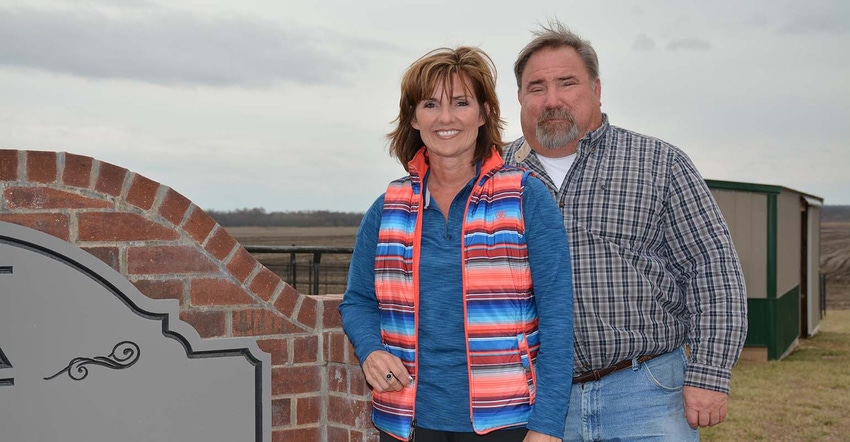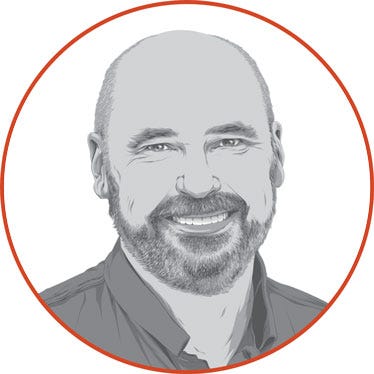
In our July/August cover story we offered a five-step approach to building a business model for a boom-and-bust industry. But maybe that just isn’t your cup of tea. You want something with a little less risk. Can most grain farmers do that?
Some already are, but there’s risk and costs associated with any such diversification. Your first step is to make this a core topic at your next strategic planning meeting.
“If you’re going into a new enterprise, not only do you have a learning curve to worry about, you may not get the benefits you hope for until years later,” says Purdue economist Mike Boehlje. “And, if the new enterprise is highly related to what you’re doing now, you may not get much benefit at all.”
Diversification: Related or unrelated?
The business world talks about related diversification and unrelated diversification. The former is getting into production of products like what you already produce, but have some cost reduction or enhanced value; in farming that might be akin to organic or specialty crops.
The fundamental long-term drivers aren’t that much different, so your best profit angle is to capture synergies. For example, since you know how to produce corn you probably can capture cost reductions by allocating some resources to producing organic corn. But you won’t get much risk reduction because the same fundamental forces shape both markets.
If you want more risk reduction you should look at enterprises unrelated to your current enterprises. But going from corn production to, say, specialty tomato production for a canning company, is a very different kind of thinking process that will require not only a learning curve but also capital.
“Getting into that would take a big learning curve, but you have more risk reduction potential because they aren’t subjected to the same supply-demand fundamentals,” notes Boehlje.
How livestock cycles differ from grain
Combining crops and livestock was traditionally one way farmers tried to diversity. More recently, concentration in both industries made this more problematic. Not only are the costs of entry higher. But our research showed mixed results for risk reduction.
We looked at data from the FINBIN program on Minnesota farms from the Center for Farm Financial Management, adapting a measure of risk known as the Sharpe ratio, which compares returns to the variability of those profits. Dairy performed the best on this measure. Profits weren’t the highest, but the steady stream of revenue from milk production meant income didn’t swing wildly, either. Hog and beef operations scored lower than crops-only, though combining beef and crops did fare better than crops alone.
The past three years have been volatile for cattle producers. But it’s a little easier to manage boom and bust in livestock compared to crops, notes Brad and Janell Aust, who grow both crops and livestock in eastern Kansas.
“If you’re tracking key indicators there are certain times of the year you might buy 15% more cattle than normal because something looks right,” says Brad. “Taking on another 15% farmland is a little harder to do.”
Aust sees positive signs for cattle based on current trends: cheap feed, higher export numbers, robust demand, and drought that may be stifling production in other parts of the country. “When you look at all these indicators it points to livestock having a pretty good future right now,” he says.
Aust’s operation reflects that optimism. His stocker operation, as well as cow herd, doubled in the past 12 months. “We’ve had huge growth the past year,” he says.
When times are good, Aust will look at paying down debt, deciding what equipment needs to be replaced, and how much cash to set aside for hard times. He will also look at asset acquisition, “but in the last few years there haven’t been a whole lot of opportunity to buy farms,” he adds. “So, we’ve been able to cash flow things and it’s been much easier than in the past.”
Aust focuses on break evens to make sale and purchase decisions, focusing on feed costs, operating costs and the cost of cattle.
“That’s a moving target,” he adds. “In the market right now they say there’s a wall of cattle coming, but feedlot managers say they have room, so that means there’s not as many cattle coming as analysts believe.”
If there’s one piece of advice Aust would give, it’s to look at problems with a long-term viewpoint.
“A lot of times the ag sector tends to take a short-term view of problems,” he says. “Whether it’s livestock or row crop, once you get in, stay in. There will be good times and bad. In the good times you better sock it away and take care of your business because there will be times when it will get lean again.”
The opinions of the author are not necessarily those of Farm Futures or Farm Progress.
About the Author(s)
You May Also Like






